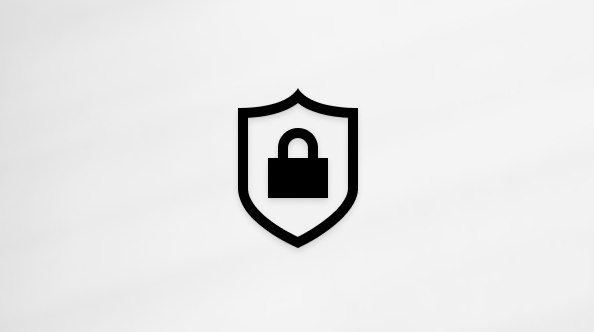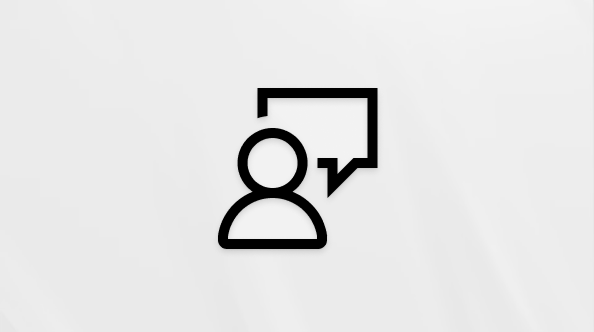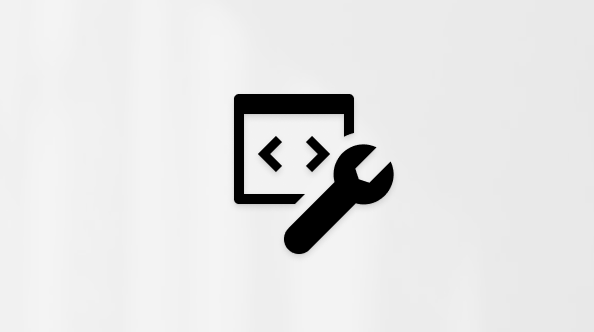June 24, 2025—KB5061087 (OS Build 19045.6036) Preview
Applies To
Release Date:
6/24/2025
Version:
OS Build 19045.6036
Important Windows updates do not install Microsoft Store application updates. If you are an enterprise user, see Microsoft Store apps - Configuration Manager. If you are a consumer user, see Get updates for apps and games in Microsoft Store.
For information about Windows update terminology, see the article about the types of Windows updates and the monthly quality update types. For an overview of Windows 10, version 22H2, see its update history page.
Note Follow @WindowsUpdate to find out when new content is published to the Windows release health dashboard.
Support for Windows 10 has ended on October 14, 2025
After October 14, 2025, Microsoft will no longer provide free software updates from Windows Update, technical assistance, or security fixes for Windows 10. Your PC will still work, but we recommend moving to Windows 11.
Summary
This non-security update includes quality improvements. Below is a summary of the key issues that this update addresses when you install this update. If there are new features, it lists them as well. The bold text within the brackets indicates the item or area of the change we are documenting.
Important: Use EKB KB5015684 to update to Windows 10, version 22H2.
[Mobile Operator Profiles]
-
Updated: Country and Operator Settings Asset (COSA) profiles.
[App Platforms and Frameworks]
-
Fixed: An issue affecting Component Object Model (COM) functionality on Windows platforms. Remote COM activations were failing with error 0x8001011.
-
Updated: The version of the curl tool included in Windows is updated to v8.13.0.
[Authentication Platform]
-
Fixed: An issue affecting the device registration in Entra ID Windows Account Manager (WAM) plugin.
[Input and Composition]
-
Fixed: An issue affecting the complete removal of unused language packs and Feature on Demand (FOD) packages. This issue led to unnecessary storage use and increased Windows update installation time.
[Print and Peripherals]
-
Fixed: An issue affecting USB-connected Multi-Function printers with dual protocol interfaces. Scanning failed and prevented using the built-in scanning functionality in the operating system.
[Start Menu]
-
Fixed: An issue causing jump lists to disappear from the Start Menu.
-
Fixed: An issue where the Start Menu was not starting after installing an update.
[WinSaS]
-
Fixed: Settings > System > About incorrectly shows version 2009 instead of version 22H2.
-
Change of behavior: To maintain DMA compliance in the European Economic Area (EEA), when a new default browser is set, it is automatically pinned to the Taskbar and Start menu.
-
Change of behavior: Associates HTTP and .pdf file types when setting default browser.
[Servicing]
-
Fixed: An issue where Kiosk devices using the ForceAutoLogon configuration and Shift Override might stop responding with a blue screen after being locked and unlocked by support administrators.
[File Server]
-
Fixed: An issue where the system may stop responding when acknowledging an Oplock break request on resources located on SMB shares.
If you installed earlier updates, only the new updates contained in this package will be downloaded and installed on your device.
Servicing stack update (KB5061902) - 19045.6035
Microsoft now combines the latest servicing stack update (SSU) for your operating system with the latest cumulative update (LCU). SSUs improve the reliability of the update process to mitigate potential issues while installing updates.
This update makes quality improvements to the servicing stack, which is the component that installs Windows updates. To learn more about SSUs, see Servicing stack updates and Servicing Stack Updates (SSU): Frequently Asked Questions.
Known issues in this update
Symptoms
There are reports of blurry or unclear CJK (Chinese, Japanese, Korean) text when displayed at 96 DPI (100% scaling) in Chromium-based browsers such as Microsoft Edge and Google Chrome. The March 2025 Preview Update introduced Noto fonts in collaboration with Google, for CJK languages as fallbacks to improve text rendering when websites or apps don’t specify appropriate fonts. The issue is due to limited pixel density at 96 DPI, which can reduce the clarity and alignment of CJK characters. Increasing the display scaling improves clarity by enhancing text rendering.
Workaround
Microsoft has shared its findings on the blurry text issue at 96 DPI, along with potential solutions with Google for further discussion. For additional support, users can report issues related to Noto CJK fonts through the official Google Noto Fonts GitHub repository.
How to get this update
Before you install this update
Based on your installation scenario, choose one of the following:
-
For offline OS image servicing:
If your image does not have the July 25, 2023 (KB5028244) or later LCU, you must install the special standalone October 13, 2023 SSU (KB5031539) before installing this update.
-
For Windows Server Update Services (WSUS) deployment or when installing the standalone package from Microsoft Update Catalog:
If your devices do not have the May 11, 2021 (KB5003173) or later LCU, you must install the special standalone August 10, 2021 SSU (KB5005260) before installing this update.
Install this update
To install this update, use one of the following Windows and Microsoft release channels.
|
Available |
Next Step |
|
|
Go to Settings > Update & Security > Windows Update. In the Optional updates available area, you will find the link to download and install the update. |
|
Available |
Next Step |
|
|
These changes will be included in the next security update to Windows Update for Business. |
|
Available |
Next Step |
|
|
To get the standalone package for this update, go to the Microsoft Update Catalog website. For information about how to download and install updates from the Update Catalog, see How to download updates that include drivers and hotfixes from the Windows Update Catalog. |
|
Available |
Next Step |
|
|
You can import this update into Windows Server Update Services (WSUS) manually. See the Microsoft Update Catalog for instructions. |
If you want to remove the LCU
To remove the LCU after installing the combined SSU and LCU package, use the DISM/Remove-Package command line option with the LCU package name as the argument. You can find the package name by using this command: DISM /online /get-packages.
Running Windows Update Standalone Installer (wusa.exe) with the /uninstall switch on the combined package will not work because the combined package contains the SSU. You cannot remove the SSU from the system after installation.
File information
A list of the files that are included in this update are provided in a CSV (Comma delimited) (*.csv) file. The file can be opened in a text editor such as Notepad or in Microsoft Excel.













